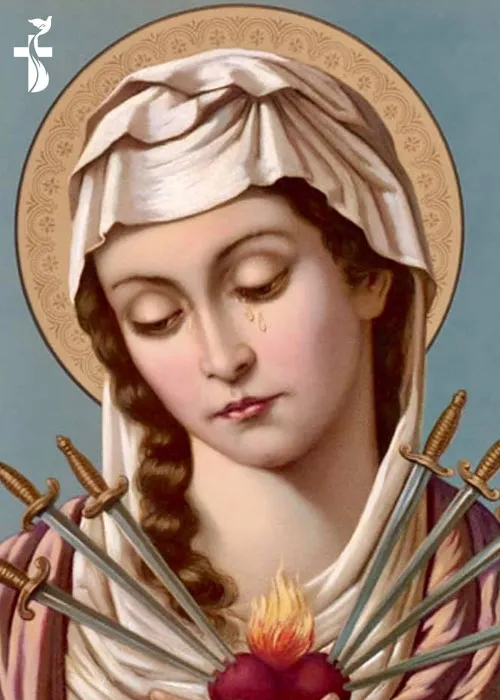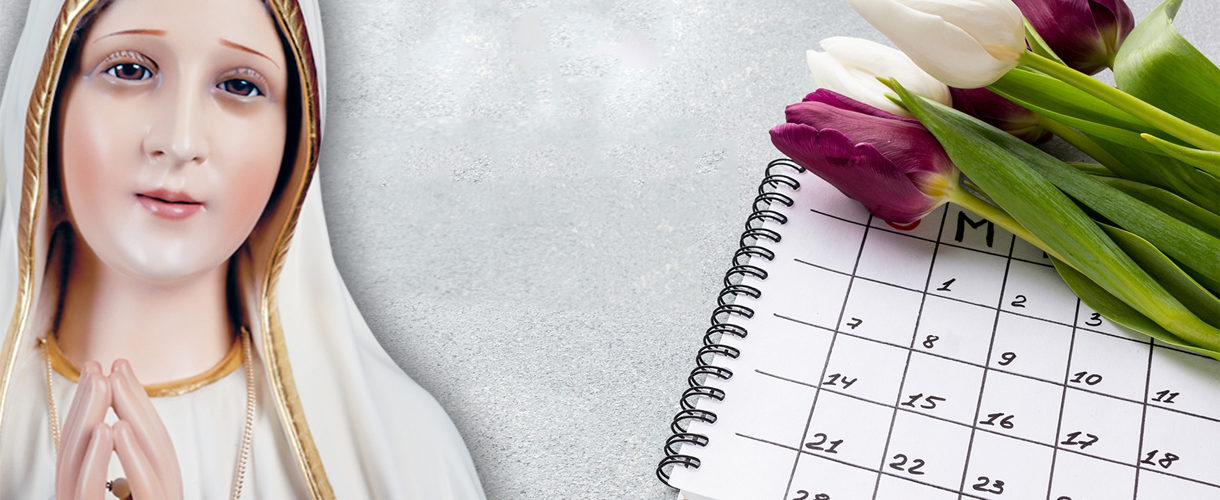
Seven Joys Of Our Lady
Country :
Year :
As early as the eleventh century devotion to the seven joys of Mary appears. They are enumerated as:
The Annunciation
The Visitation
The Birth of Jesus
The Visit of the Wise Men
The Visit of the Wise Men
The Resurrection of Jesus from the Dead
The Assumption of Our Lady
Although devotion nowadays seems more given to the Sorrows of Our Lady, it was not always so, as mentioned above. The biggest factor in the popularization of Mary’s joys was the enthusiasm of the Franciscans, especially the efforts of St. Bernardine of Siena in Italy; of St. John Capistrano in Germany, and or Blessed Gabriel Mary in France, though this devotion was widespread before their time.
It was long before the number seven was settled upon – five, twelve, fifteen were often found – and there was a similar variety in the subjects. An old English carol enumerates them as:
Mary suckling her Son, Jesus curing the lame, giving sight to the blind, reading the Bible, raising the dead, His own Resurrection, and His going up into Heaven. These differ considerably from what is now the accepted enumeration – the choice of the common people who made a poem at Canterbury into a song; while the seven enumerated first, are the choice of theologians.
The Franciscans celebrate the feast of the Seven Joys on August 27 with a proper office and sequence; another feast of the Joys of Mary, having her happiness at the Resurrection of Christ particularly in view, is kept on the second Monday after Easter in Portugal and elsewhere.
Devotion to the Seven Joys of Mary is notably strong in the diocese of Trois-Rivieres, Canada. There is a rosary of the Seven Joys, also known as the Franciscan Crown or Seraphic Rosary.



